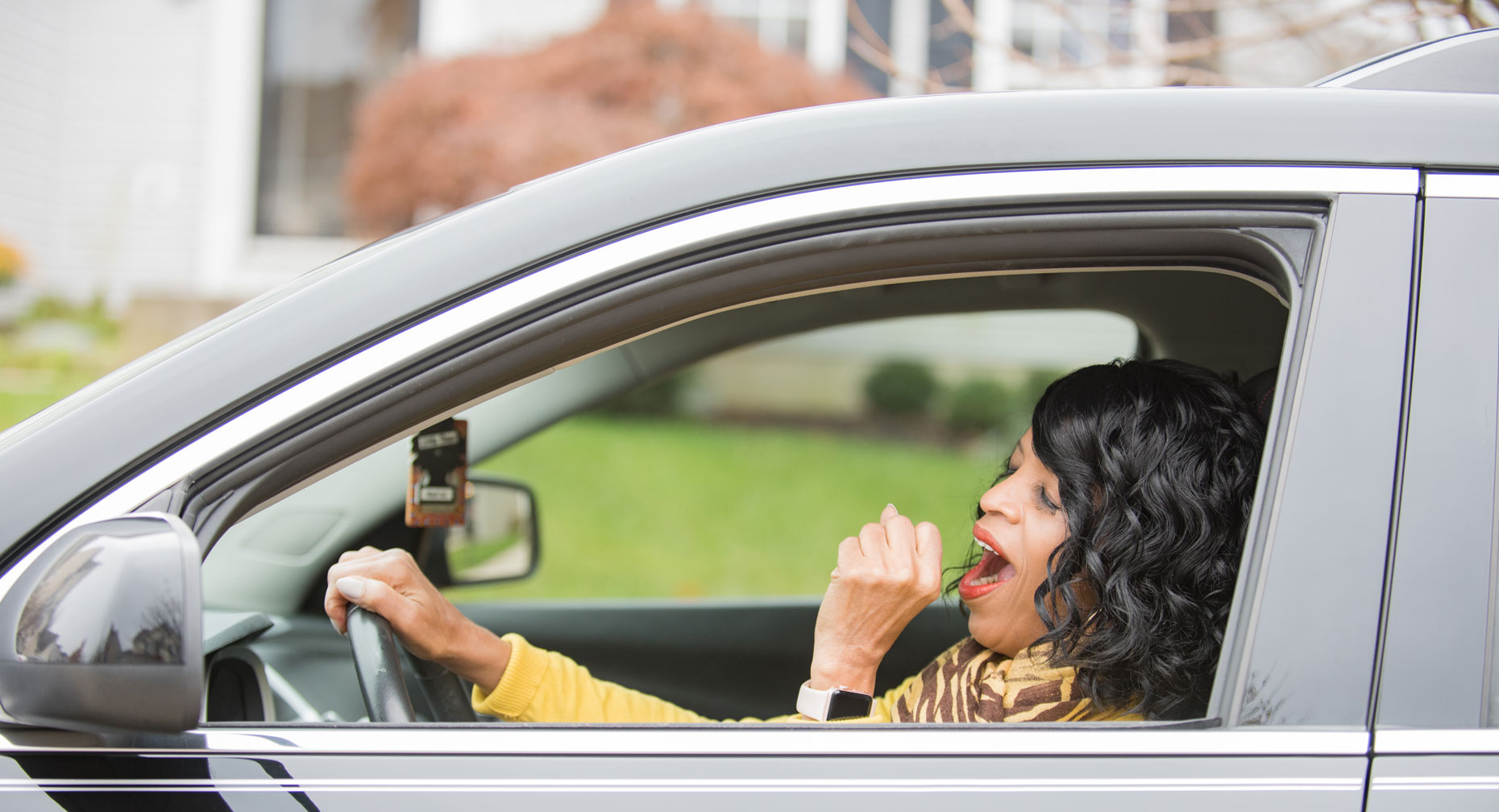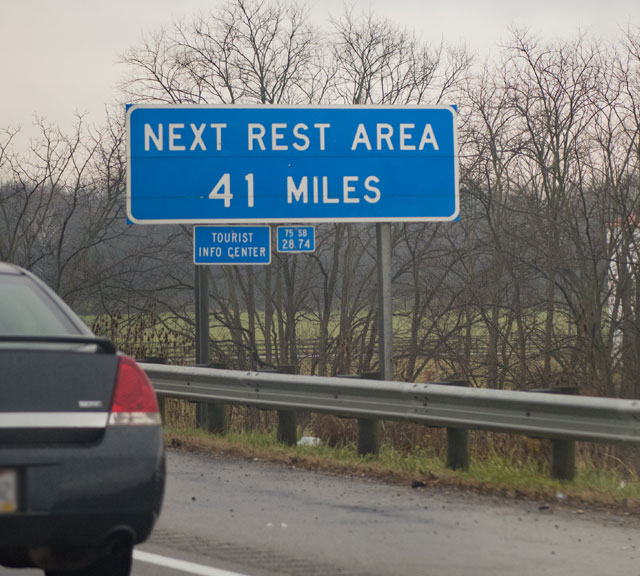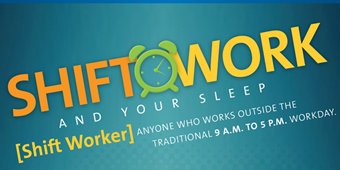Dangers of Drowsy Driving

Find Your Perfect Match
Answer a few questions and we'll provide you with a list of primary care providers that best fit your needs.
We’ve all experienced that struggle to keep our eyes open during a long, boring drive or a late-night drive after a tiring day. Sometimes, you stop and take a break or a nap. You may change drivers. Other times, you may forge ahead, turning up the music or opening your window.
The National Sleep Foundation offers compelling reminders of the dangers of driver fatigue:
- More than one in five fatal crashes on U.S. roads each year involve drowsy driving.
- 11 million drivers in a 2005 Sleep in America poll admitted to having an accident or near-accident because they fell asleep at the wheel.
- 10 to 30 percent of all car crashes result from drowsy driving, according to crash reports compiled from several European nations.
Being sleepy makes you less able to pay close attention to the road and slows your reaction time if you need to brake suddenly or change direction. Fatigue also affects your ability to make good split-second decisions.
Don’t rely on opening the window, turning up the radio or increasing your speed to make you more alert.
Warning Signs
With 100,000 police-reported crashes each year connected to sleepiness (and many more unreported), it’s good to know warning signs of driving fatigue.
Think about getting off the road to take a break or switch drivers if you:
- Are yawning or blinking frequently.
- Have difficulty remembering the past few miles you’ve driven.
- Miss your exit.
- Drift from your lane.
- Hit a rumble strip on the side of the road.
Most crashes or near misses occur from 4 to 6 a.m. Other peak times for fatigue-related car accidents are midnight to 2 a.m. and 2 to 4 p.m.
Are You at Risk?

You are more prone to drowsy driving if you are male, an adult 18-29, an adult with children, a shift worker, a commercial driver who travels long distances, on medications that make you sleepy or have untreated sleep disorders such as sleep apnea.
Generally speaking, the less you sleep, the greater your risk. Studies show that most people need at least seven hours of sleep each night and teens need eight or nine. Yet, a recent poll by the National Sleep Foundation reported that less than 30 percent of Americans get seven or more hours of sleep per night.
The American Automobile Association says the risk of a crash nearly doubles for people getting only five to six hours of sleep in 24 hours. Those with four hours of sleep or less have a crash risk 11.5 times higher than those getting at least seven hours of sleep.
An Australian research study showed that being awake for 18 hours produced impairment equal to a blood alcohol level of .05, and .10 after 24 hours (.08 is considered legally drunk).
Safety Tips
To avoid drowsy driving, follow these common-sense guidelines.
- Stick to a sleep schedule and get at least seven hours of sleep a night and eight or nine hours if you’re a teen.
- Consult a doctor if you have sleep issues such as snoring or excessive daytime sleepiness.
- Before driving, don’t drink alcohol or take medications that make you sleepy. Always read the labels on your medicines to check for warnings about drowsiness or talk to your doctor or pharmacist if you have questions.
- Don’t rely on opening the window, turning up the radio or increasing your speed to make you more alert.
If you’re feeling drowsy, stopping for a 15- to 20-minute nap or changing drivers could be essential to keeping yourself and others safe on the road.
Find Your Perfect Match
Answer a few questions and we'll provide you with a list of primary care providers that best fit your needs.
Source: National Sleep Foundation, Centers for Disease Control and Prevention, American Automobile Association (AAA)




